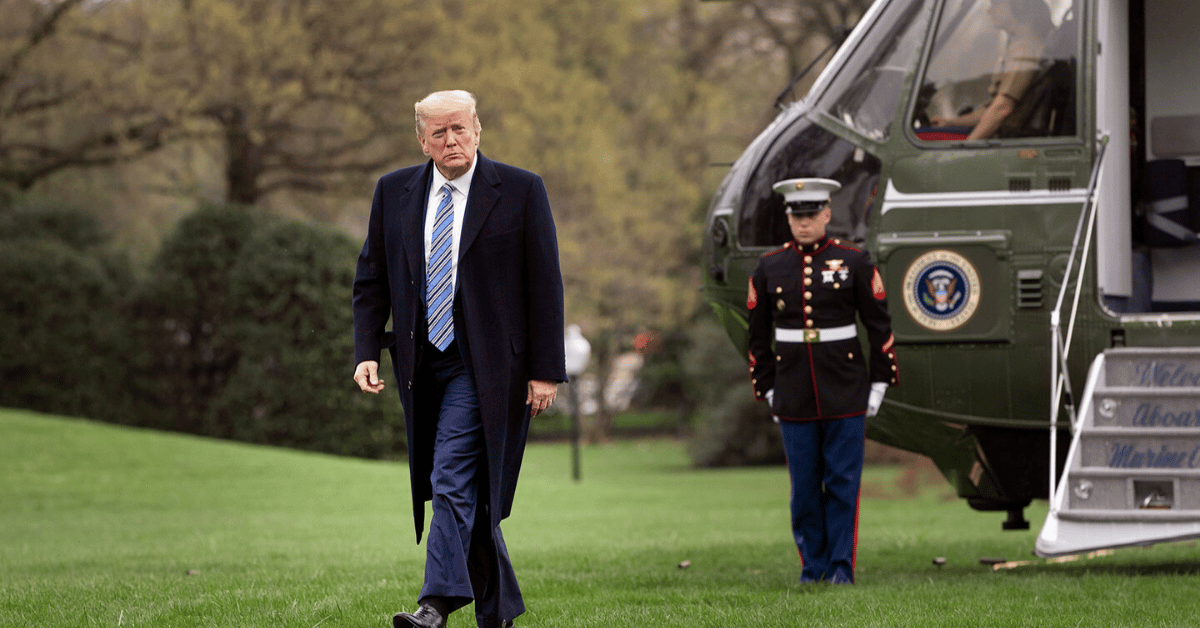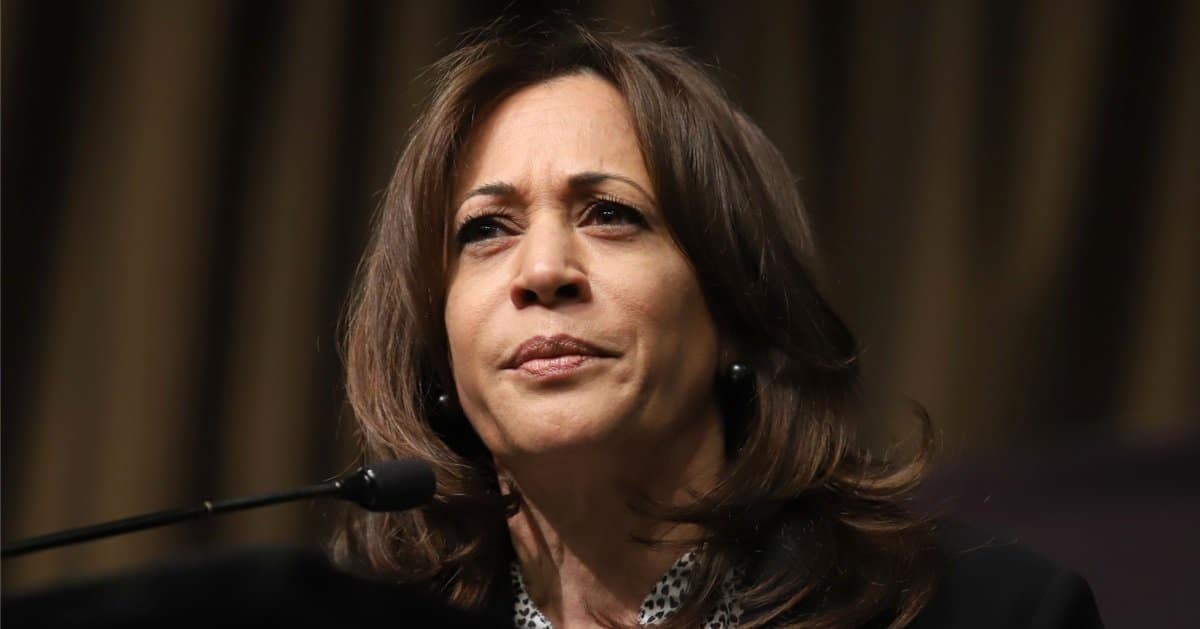

Two United Airlines jets have turned the tarmac at Chicago O’Hare International Airport into an unexpected bumper car arena on a Friday afternoon.
The Hill reported that on a busy day at one of America’s busiest hubs, a taxiing Boeing 737, flight UA2652, scraped against the horizontal stabilizer of a parked Boeing 767, reminding us all that even steel birds can have a clumsy moment.
The incident unfolded as UA2652, carrying 113 passengers and five crew members, was maneuvering toward its arrival gate when the mishap occurred.
The stationary Boeing 767, thankfully, had no passengers on board, sparing an already tense situation from becoming a full-blown crisis.
Everyone on UA2652 emerged unscathed, with all passengers and crew deplaning safely, proving that sometimes even a fender-bender in the sky can end without a scratch on the humans involved.
But let’s not sugarcoat it—air travel is stressful enough without planes playing tag on the runway, and incidents like this raise eyebrows about operational oversight in an era obsessed with cutting corners for “efficiency.”
One passenger, speaking to Nexstar’s WGN, noted, “they were told they’d have to get off the plane so it could be examined.”
Well, isn’t that comforting? Nothing says “trust us, we’ve got this” like being ushered off a plane for a post-collision inspection while you’re still processing the jolt.
This isn’t just about a minor bump; it’s a reminder that the aviation industry, often bogged down by progressive mandates and bureaucratic red tape, needs to refocus on the basics—like ensuring planes don’t play demolition derby on the tarmac.
Thankfully, no injuries were reported, which is the silver lining in a story that could have taken a darker turn.
Still, with 113 souls on board UA2652, the stakes were high, and the fact that this happened at all should be a wake-up call for those prioritizing trendy policies over practical safety measures.
Airports like O’Hare are chaotic enough without adding preventable mishaps to the mix, and taxpayers deserve better than to foot the bill for inefficiencies dressed up as “modernization.”
The collision between a moving Boeing 737 and a parked Boeing 767 isn’t just a one-off—it’s a symptom of a system stretched thin by overregulation and under-accountability.
While we’re grateful everyone walked away unharmed, let’s not pretend this is business as usual; it’s time for airlines and regulators to get back to basics before a minor scrape turns into a major tragedy.



